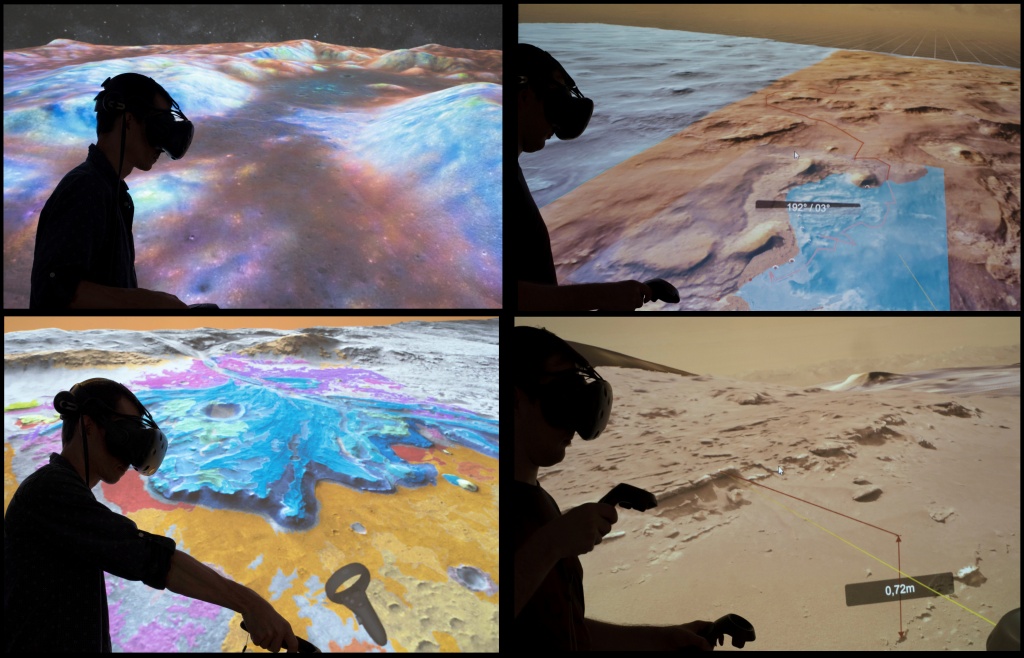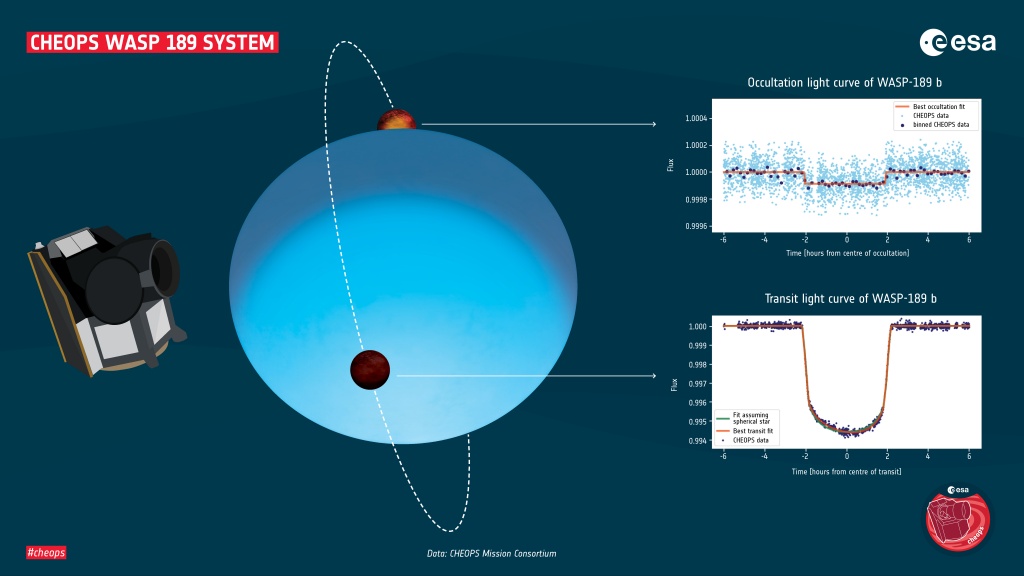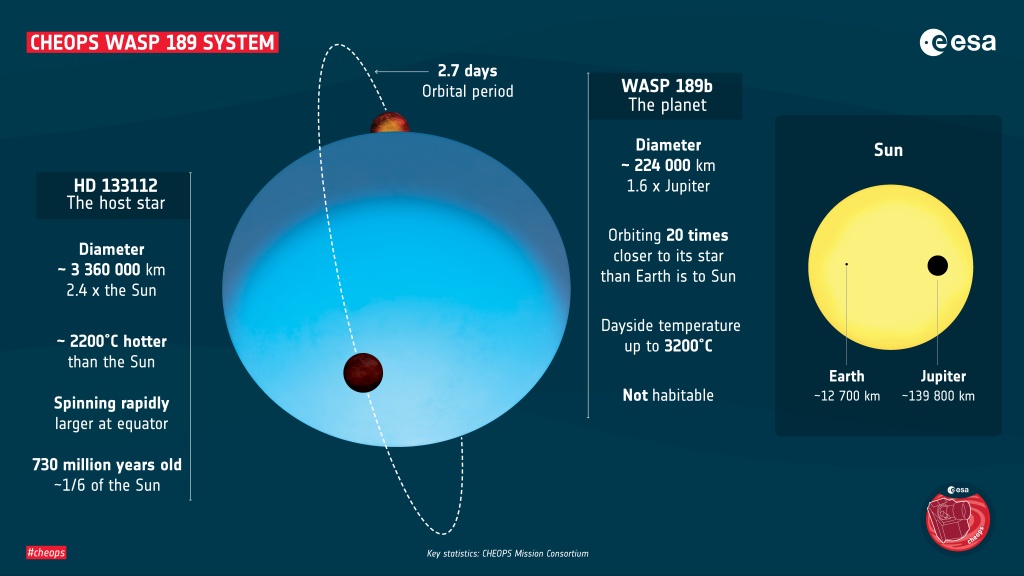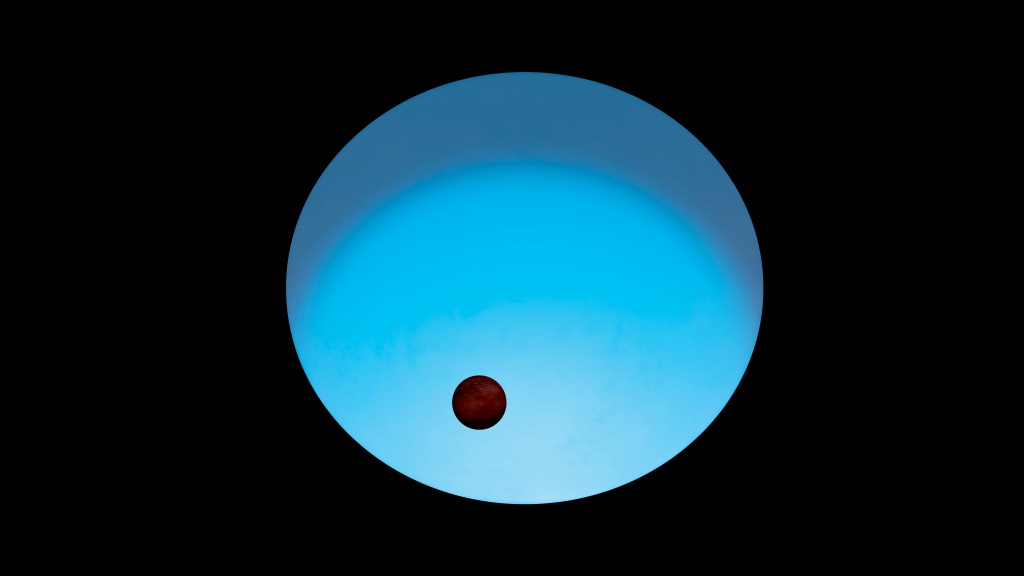Submit your abstracts for EPSC2021 before 26 May: Reminder of EXO (Exoplanets and Origins of Planetary Systems) sessions
EXO1 | EXO3 | EXO5 | EXO7 | SB10 | OPS5 | MITM6 | MITM7 | TP5 | TP21
The coordinators of the EPSC2021 EXO (Exoplanets and Origins of Planetary Systems) program invite scientists to participate in the congress, and share their research with colleagues and friends. This year we have organised a rich program which includes the following sessions:
EXO1 – Zooming In On Planet Formation
The inner regions of planet forming disks surrounding young stars are key to our understanding of the formation of rocky, Earth-like planets and super-Earths. We know from exoplanet surveys that such planets are abundantly present around low mass stars. Rocky planets are essential ingredients in the quest for life outside the solar system. Understanding their properties and formation history is key to our efforts to put the solar system in perspective.
Investigations of the outer regions of the accretion disk provide us with information on the distribution of volatile material and ices in planetary systems, and studies on disk properties, on evolved cold, gaseous or sub-Neptune planets, as well as migration studies of planets leading to various different system architectures (e.g. to hot Jupiters close to their host star) help us to better understand the evolution of our own solar system.
We invite abstracts from different disciplines working on planet formation, including for example observations of planet forming disks, recent or on-going exoplanet surveys, theoretical and computational models, as well as comparative studies using solar system data from exploration missions, meteorite analysis and remote sensing.
Share: https://meetingorganizer.copernicus.org/EPSC2021/session/41645
Co-organized by TP
Convener: Lena Noack | Co-conveners: Myriam Benisty, Mario Flock, Inga Kamp, Yamila Miguel, Rens Waters
EXO3 – Exoplanet observations, modelling and experiments: Characterization of their atmospheres
The field of extrasolar planets is one of the most rapidly changing areas of astrophysics and planetary science. Ground-based surveys and dedicated space missions have already discovered more than 4000 planets with many more detections expected in the near future. A key challenge is now the characterisation of their atmospheres in order to answer to the questions: what are these worlds actually like and what processes govern their formation and evolution?
To answer these questions, a broad range of skills and expertise are required, stretching from Solar System science to statistical astrophysics, from ground-based observations to spacecraft measurements, and atmospheric/interior/orbital modelling. The numerous studies conducted in the past twenty years have unveiled a large diversity of atmospheres, from ultra-hot Jupiters to temperate super-Earths. The next generation of space and ground based facilities, including current high-resolution instruments (e.g. ESPRESSO, Spirou, CHEOPS, IGRINS, E-ELT, JWST, and Ariel) will characterise this multifarious population in stunning detail and challenge our current understanding. Both theoretical works and experimental measurements are required to prepare for such a change of scale.
This session will focus on the atmospheric characterisation of exoplanets and the conveners welcome any abstract related to this subject.
Share: https://meetingorganizer.copernicus.org/EPSC2021/session/41612
Convener: Olivia Venot | Co-conveners: Monika Lendl, Giuseppe Morello, Vivien Parmentier, Ingo Waldmann
EXO5 – Synergies between techniques for characterising exoplanets from space and ground-based facilities
The characterisation of exoplanets is among the most active and rapidly advancing fields in modern astrophysics. An increasing number of observing techniques have enabled the characterisation of exoplanet system properties and provided access to the planetary atmospheres (chemical composition, thermal state and dynamics). Recently, combined analyses using different types of observations have outperformed the standard approaches, e.g. enabling precise constraints on the chemical abundances and elemental ratios in their atmospheres, or measurements of both the star and planet spin-orbit angles.
The goal of this session is to inspire the cooperation between specialised teams to overcome the limits of the fragmented data analyses and to break degeneracies in their interpretation. Contributions are invited to present new methods and/or analyses that combine different kind of observations for comprehensive exoplanet characterisation.
Share: https://meetingorganizer.copernicus.org/EPSC2021/session/41611
Co-organized by MITM
Convener: Giuseppe Morello | Co-conveners: Camilla Danielski, Pierre-Olivier Lagage, Lisa Nortmann, Enric Palle, Fei Yan
EXO7 – Future instruments to detect and characterise extrasolar planets and their environment.
Exoplanets are being discovered in large numbers thanks to recent and ongoing surveys using state-of-the-art instrumentation from the ground and from space. In the next years, new astronomical instruments will further scout our Galaxy to overcome the current observational biases in the search of alien worlds, to gain a deeper understanding of the chemical and physical properties of both exoplanets and their environments, and to unveil the processes of formation and evolution of planets and their atmospheres.
The goal of this session is to bring together the instrumentation and observational communities that are underpinning the future of this field. Contributions are invited to review ongoing programmes of exoplanet and circumstellar discs discovery and characterisation, to update on the progress of planned instrumentation programmes, and to present innovative ideas for future instrumentation.
Share: https://meetingorganizer.copernicus.org/EPSC2021/session/41610
Co-organized by MITM
Convener: Camilla Danielski | Co-conveners: Elodie Choquet, Paul Eccleston, Enzo Pascale, Subhajit Sarkar
SB10 – Planetary Rings – Protoplanetary Disks
Thanks to the advancement of observational techniques from Earth and space, our knowledge of planetary ring systems and protoplanetary disks has greatly improved. While these two classes of objects differ by orders of magnitude in dimension and evolutionary stage, they offer a unique opportunity to investigate common dynamical processes that can shed light on the formation, composition and evolution of planetary systems. Although rings are common companions of the outer planets in our solar system, so far we do not yet have firm evidence of similar structures around exoplanets. In this respect, the characteristics of solar system rings can be used as a benchmark to tune ongoing exo-ring surveys. Conversely, high-angular resolution images obtained with new instruments such as the ALMA interferometer and SPHERE on VLT have revealed that protoplanetary discs are also characterized by substructures such
as gaps and narrow rings. The formation of these rings can be explained by the dynamical interaction of the gas and dust in the disc with one or more embedded planets. Similar processes are also common in planetary rings, as revealed by the unprecedented spatial
resolution of Cassini observations at Saturn. In this session we invite abstracts related to both theoretical and observational studies of
planetary rings and protoplanetary disks, as well as exo-ring research.
Share: https://meetingorganizer.copernicus.org/EPSC2021/session/41672
Co-organized by OPS/EXO
Convener: Philip D. Nicholson | Co-conveners: Gianrico Filacchione, Linda Podio, Claudia Toci
OPS5 – Aerosols and clouds in planetary atmospheres
Atmospheric aerosols and cloud particles are found in every atmosphere of the solar system, as well as, in exoplanets. Depending on their size, shape, chemical composition, latent heat, and distribution, their effect on the radiation budget varies drastically and is difficult to predict. When organic, aerosols also carry a strong prebiotic interest reinforced by the presence of heavy atoms such as nitrogen, oxygen or sulfur.
The aim of the session is to gather presentations on these complex objects for both terrestrial and giant planet atmospheres, including the special cases of Titan’s and Pluto’s hazy atmospheres. All research aspects from their production and evolution processes, their observation/detection, to their fate and atmospheric impact are welcomed, including laboratory investigations and modeling.
Share: https://meetingorganizer.copernicus.org/EPSC2021/session/41680
Co-organized by TP/EXO
Convener: Panayotis Lavvas | Co-conveners: Nathalie Carrasco, Anni Määttänen
MITM6 – (Exo-)planetary magnetospheres
The emphasis of the session is on all aspects of plasma physics and interactions of solar and stellar wind interactions with planets and exoplanets, including: (a) magnetospheric dynamics, aurorae, and radio emissions (b) potential impact of star-(exo-)planet coupling on habitability, (c) comparative studies between Solar System planets and exoplanets. We welcome contributions relying on space-based or ground-based observations as well as theoretical modelling and simulations.
Share: https://meetingorganizer.copernicus.org/EPSC2021/session/41604
Co-organized by TP/EXO
Convener: Corentin Louis | Co-convener: Nicolas André
MITM7 – Developments in the detection and characterization of planetary atmospheres
The study of planetary and exoplanetary atmospheres involves a wide range of techniques and disciplines which provide crucial information about their vertical layering, their dynamics and chemistry, the role of condensable species in their meteorology. It is also a key contribution to the understanding of planet and moon climates and of their potential as habitable worlds, particularly in the case of exoplanets. The techniques involved in such investigations include, among other, ground-based telescopic observations, computer simulations and numerical models, and direct spacecraft observations (orbiters, landers, entry probes).
We welcome presentations reviewing the current state-of-the-art techniques for the observation and investigation of (exo-)planetary atmospheres (composition, chemistry, dynamics), discussing the technical challenges and recent developments, and the implications for the potential habitability of exoplanet candidates.
Share: https://meetingorganizer.copernicus.org/EPSC2021/session/41605
Co-organized by TP/OPS/EXO
Convener: Michel Blanc | Co-conveners: Manuel Scherf, Thomas Smith
TP5 – Astrobiology
Astrobiology is the study of whether present or past life exists elsewhere in the universe. To understand how life can begin in space, it is essential to know what organic compounds were likely available, and how they interacted with the planetary environment. This session seeks papers that offer existing/novel theoretical models or computational works that address the chemical and environmental conditions relevant to astrobiology on terrestrial planets/moons or ocean worlds, along with other theoretical, experimental, and observational works related to the emergence and development of Life in the Universe. This includes work related to prebiotic chemistry, the chemistry of early life, the biogeochemistry of life’s interaction with its environment, chemistry associated with biosignatures and their false positives, and chemistry pertinent to conditions that could possibly harbor life (e.g. Titan, Enceladus, Europa, TRAPPIST-1, habitable exoplanets, etc.). Understanding how the planetary environment has influenced the evolution of life and how biological processes have changed the environment is an essential part of any study of the origin and search for signs of life. Earth analogues experiments/instruments test and/or simulation campaigns and limits of life studies are included as well as one of the main topics of this session. Major Space Agencies identified planetary habitability and the search for evidence of life as a key component of their scientific missions in the next two decades. The development of instrumentation and technology to support the search for complex organic molecules/sings of life/biosignatures and the endurance of life in space environments is critical to define unambiguous approaches to life detection over a broad range of planetary environments.
Share: https://meetingorganizer.copernicus.org/EPSC2021/session/41616
Co-organized by OPS/EXO
Convener: Felipe Gómez | Co-convener: Pamela Conrad
TP21 – The emergence of Life in our Solar System and Beyond
This session seeks papers on the biological, physicochemical, astrophysical, and paleontological studies of the living-matter origination problem, mechanism, conditions necessary and sufficient for living-matter origination and development on the Earth and other celestial objects; promising celestial objects for the living-matter occurrence, and other experimental, theoretical, and observational works related to the emergence and development of Life in our Solar System and beyond are welcomed.
This includes work related to theme of the Origins of Life to study interstellar chemistry, meteorites and comets chemistry as well as the chemistry of planets. A central issue in the research on the emergence of life is the paradoxical role of water in pre-biotic chemistry. Infact,on the one hand, water is essential for all known life, on the other hand it is highly destructive for key biomolecules such as nucleic and polypeptides.
A truly interdisciplinary approach is needed to delve into the core of the issue of emergence of life, because in addition to physics and chemistry it is also need to deploy a number of other sciences. We rely on contribution caming from mathematical or philosophical perspectives not only on astrobiology moreover we think that a part of the answers may lie in scientists who working on cancer research, genetics, space exploration paleontology who are not necessarily involved in this field. I argue that synthetic biology field, challenging most accepted definitions of life too, might also shed some novel and interesting perspectives on one of the most puzzling unanswered questions of science.
Share: https://meetingorganizer.copernicus.org/EPSC2021/session/41767
Co-organized by EXO
Convener: Rosanna del Gaudio | Co-conveners: Terence Kee, Frank Trixler

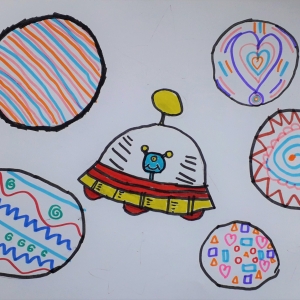
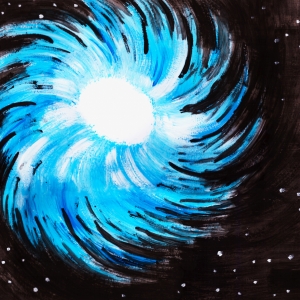
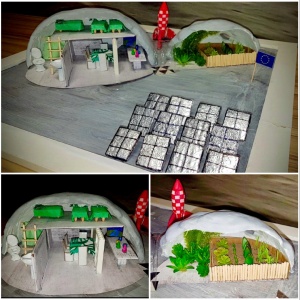
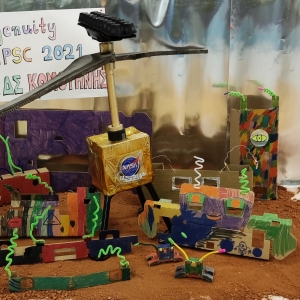
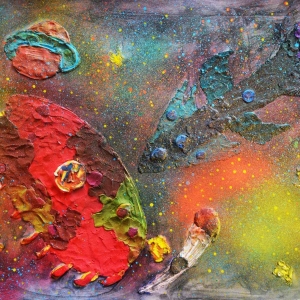
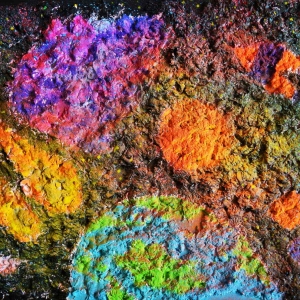
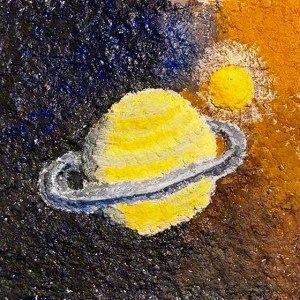
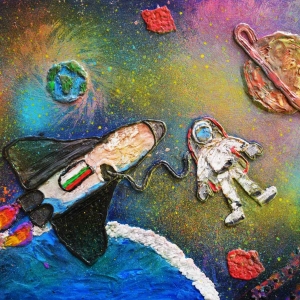
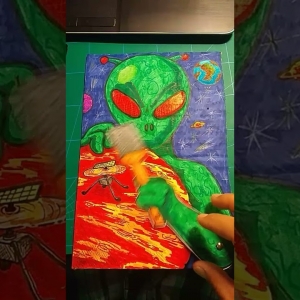
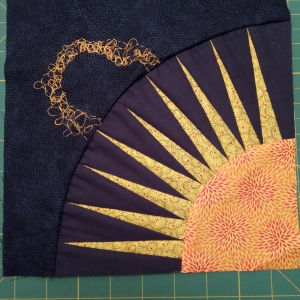
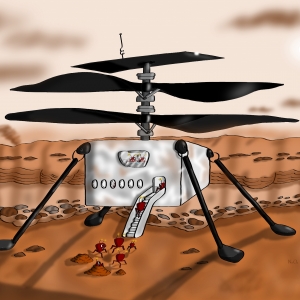
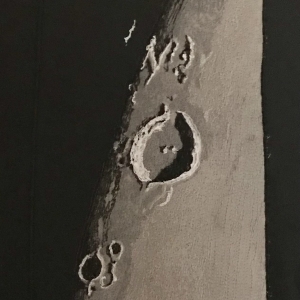
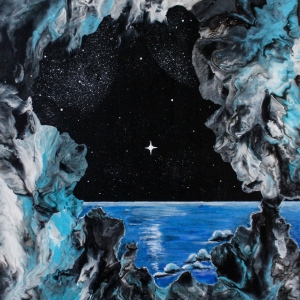
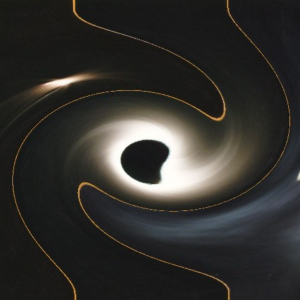

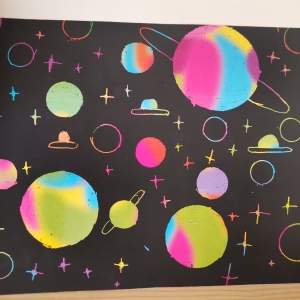

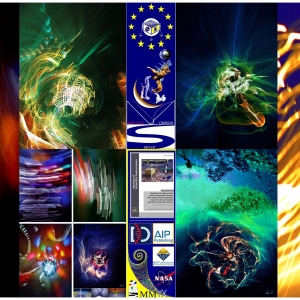
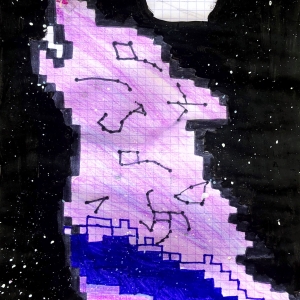
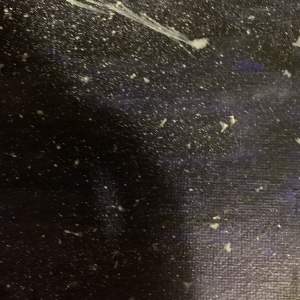
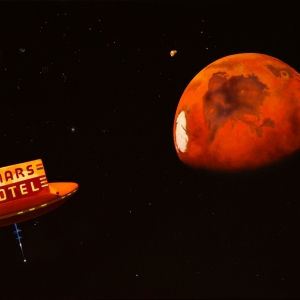
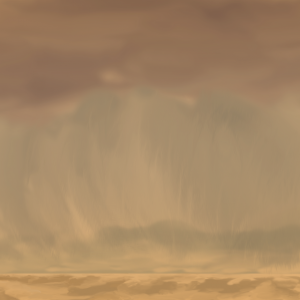

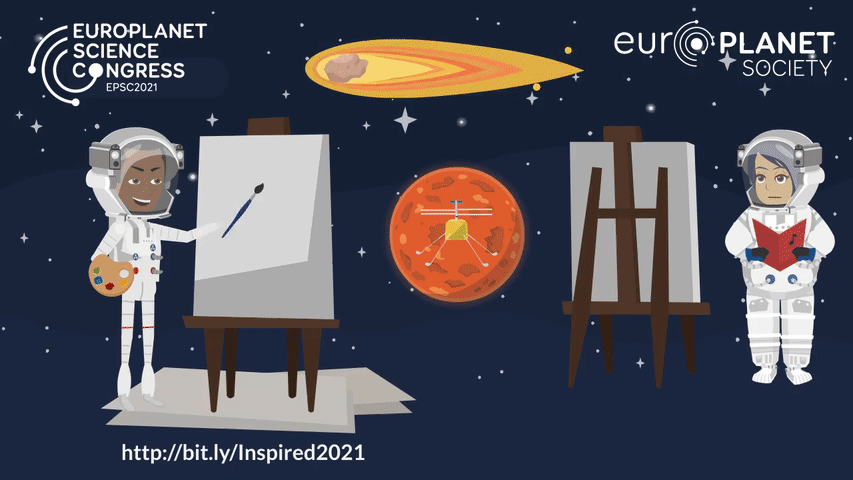
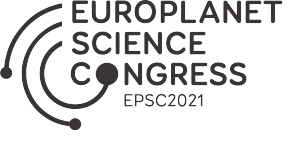
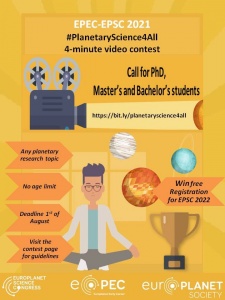
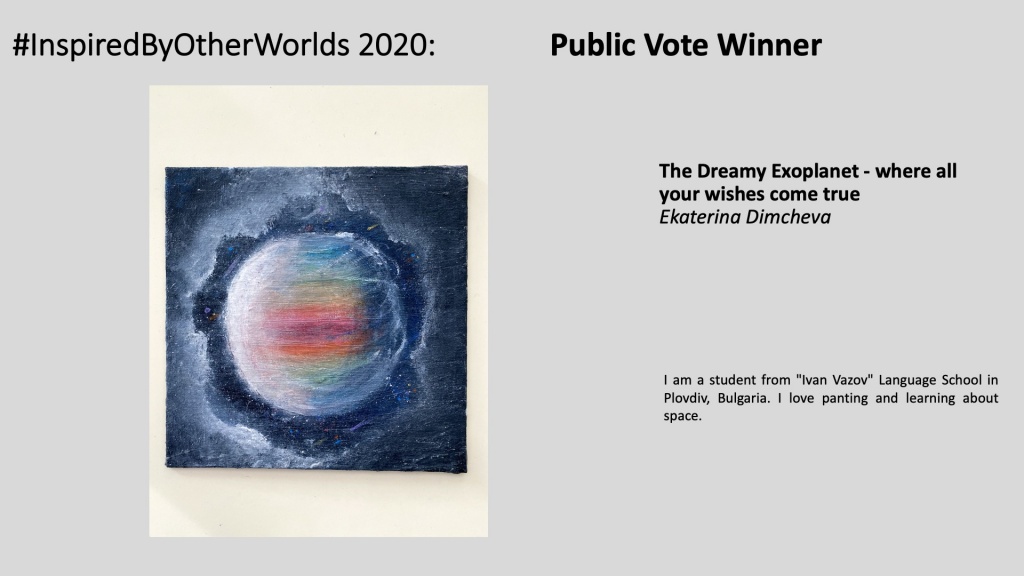
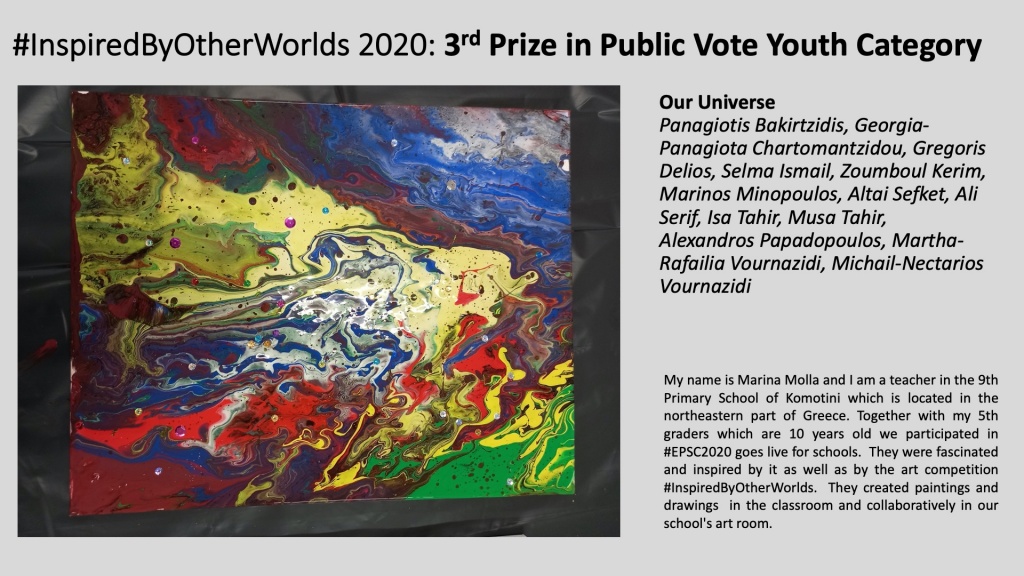
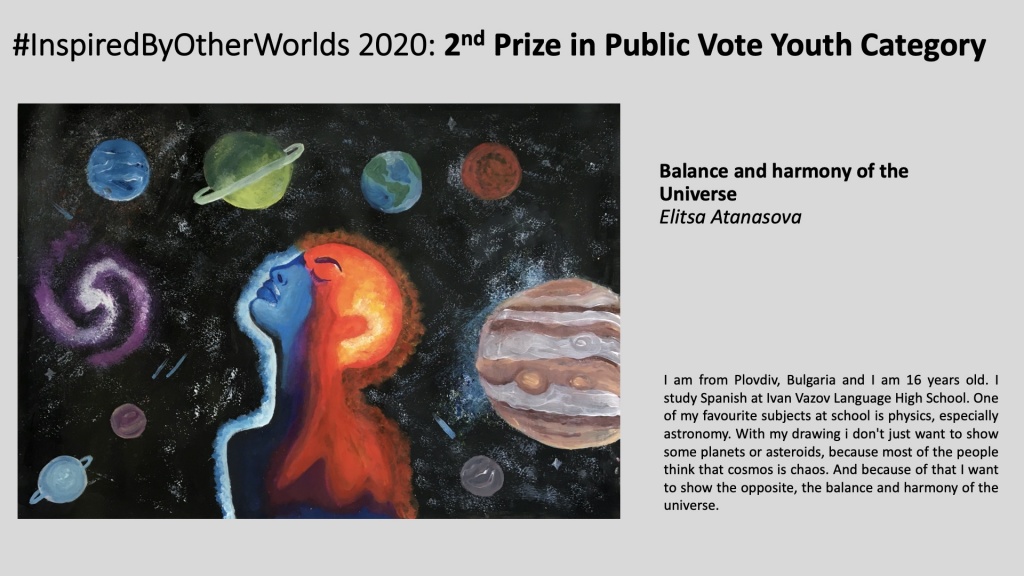
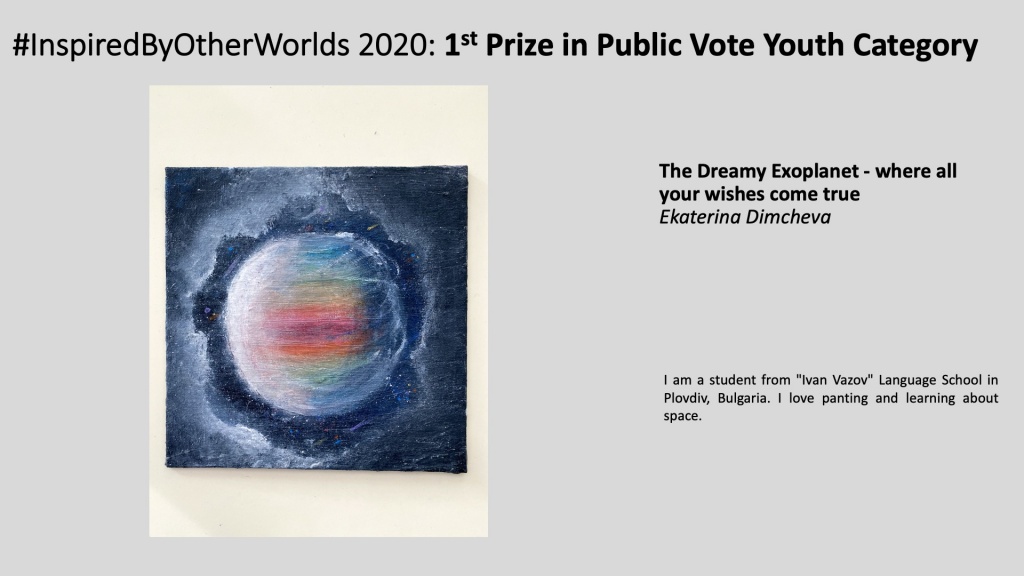
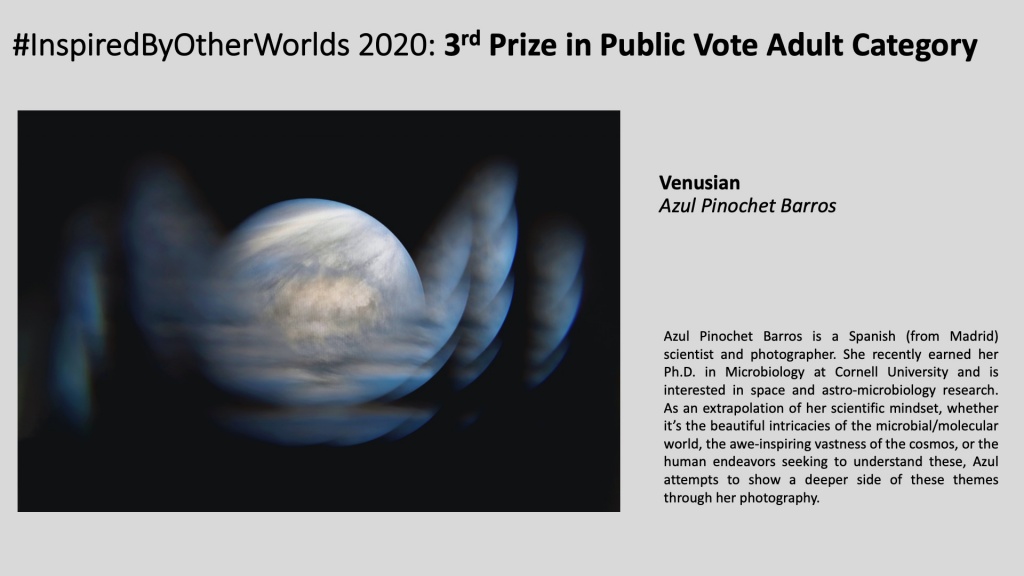
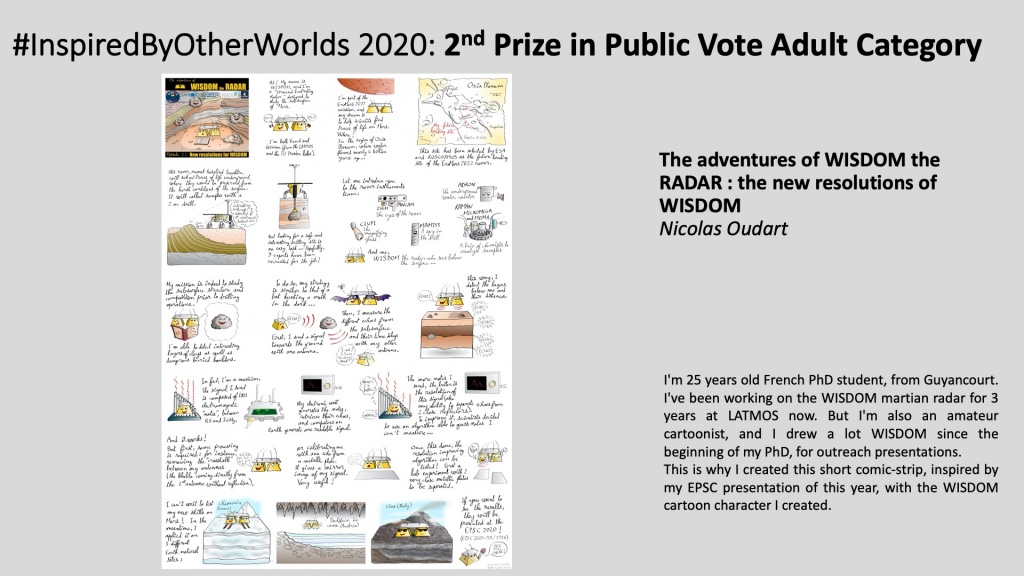
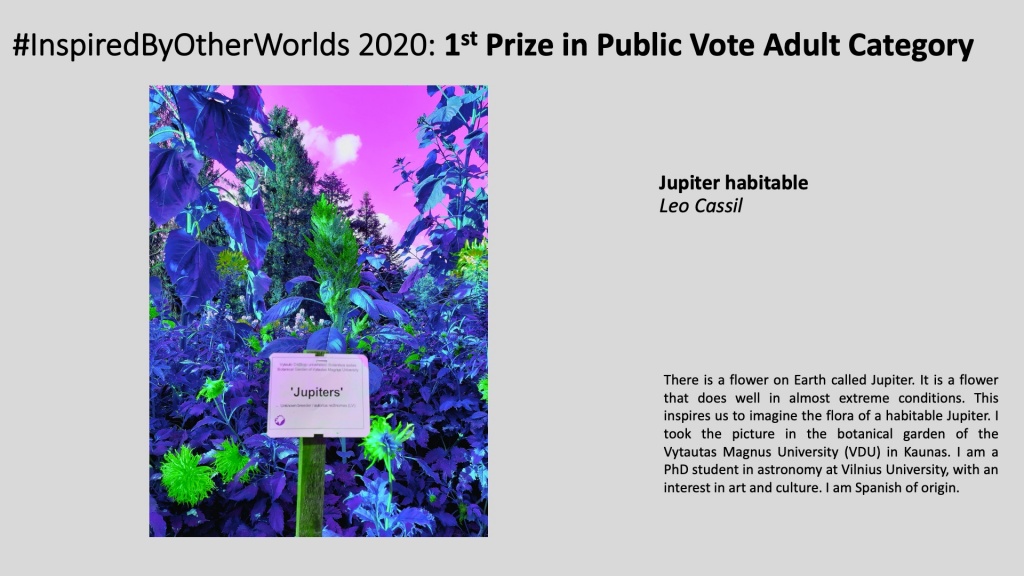
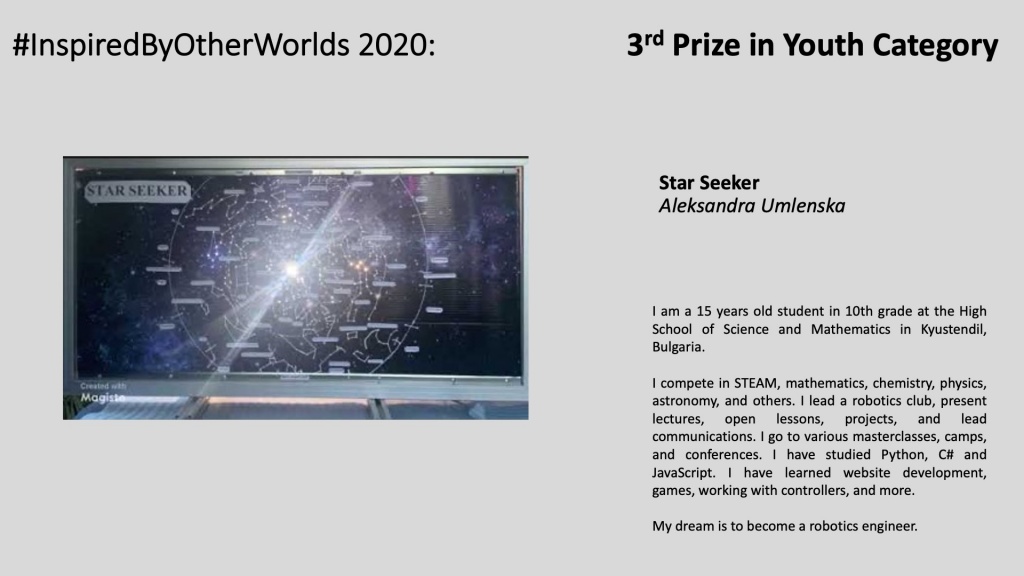
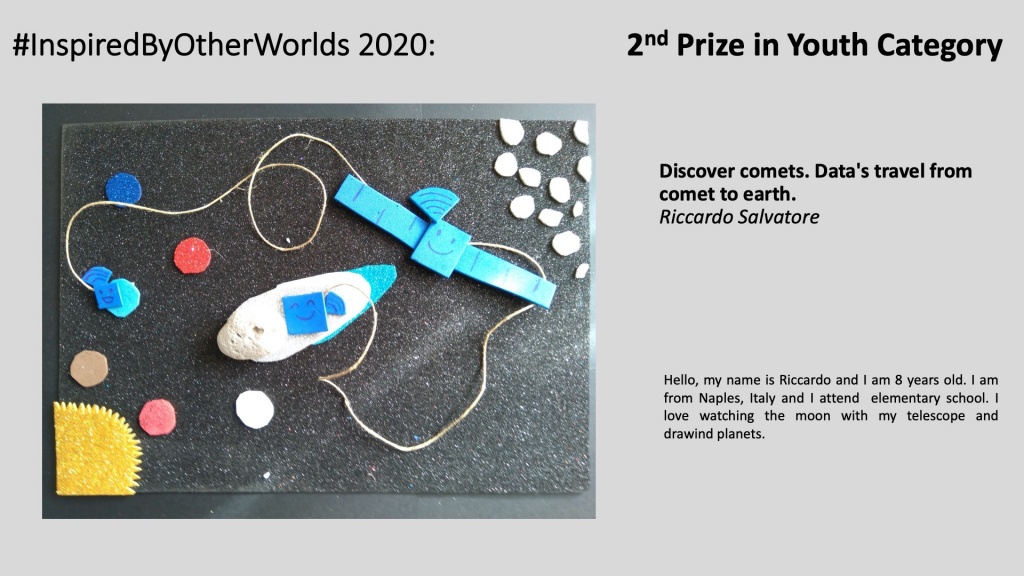
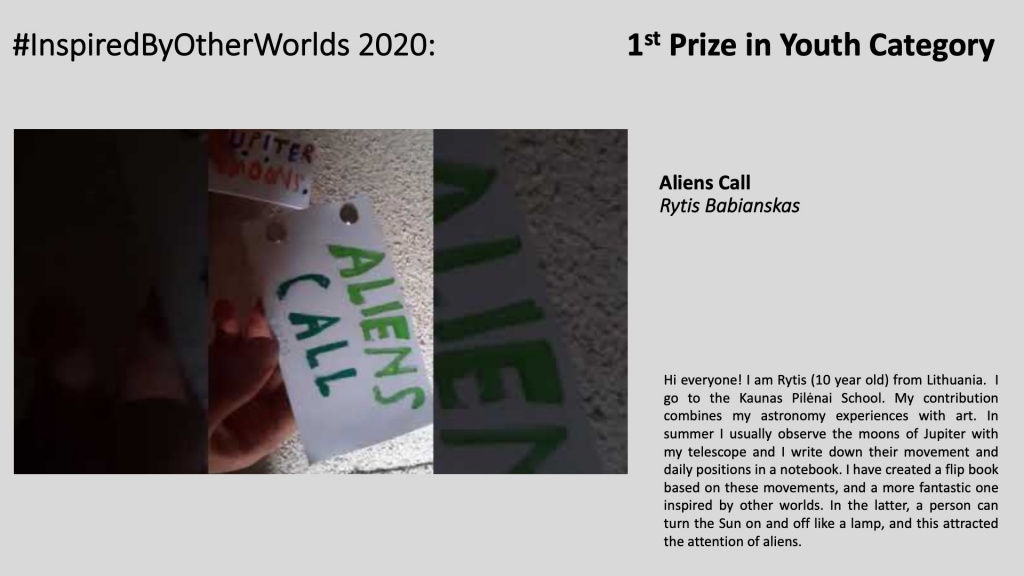
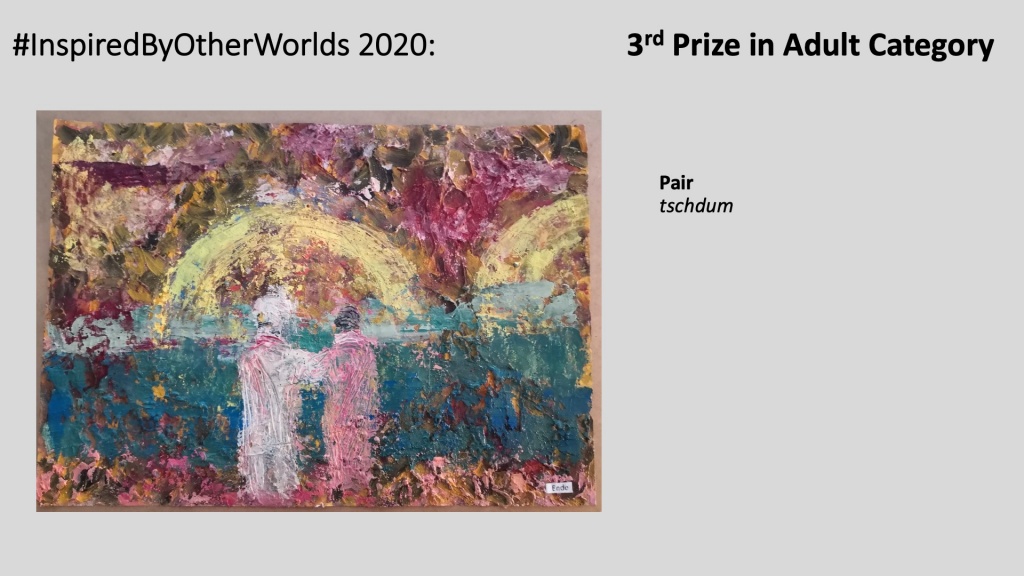
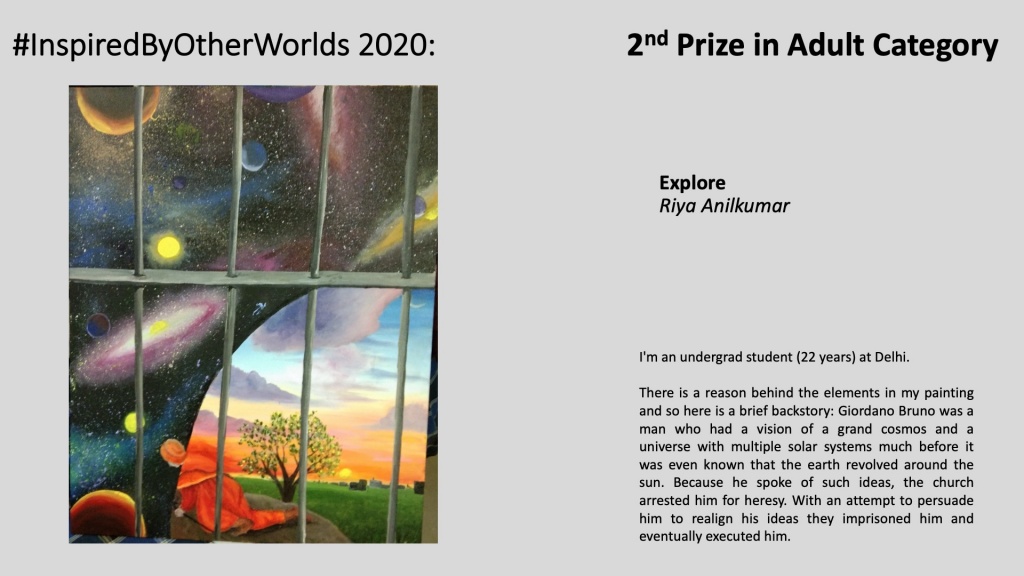
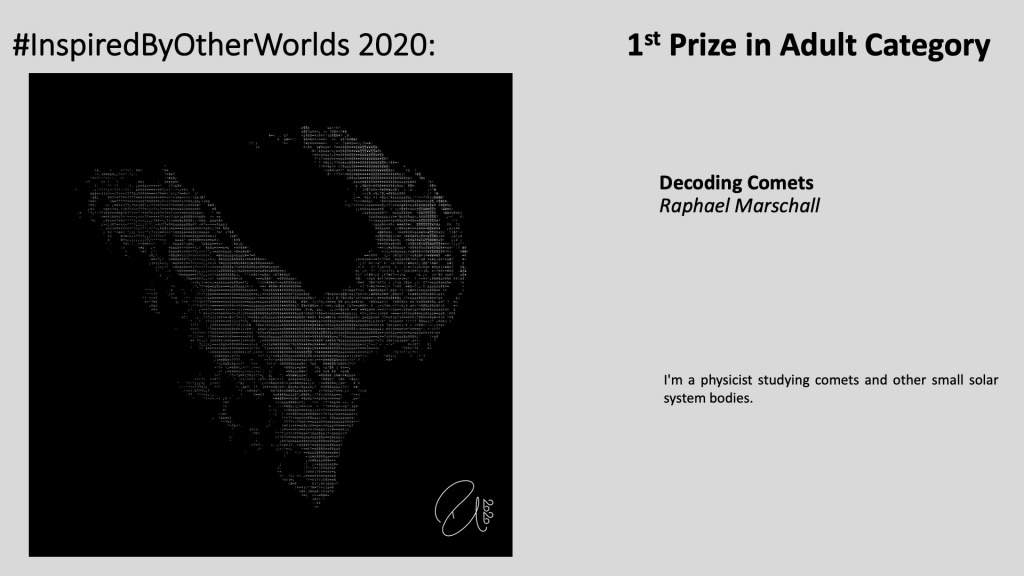
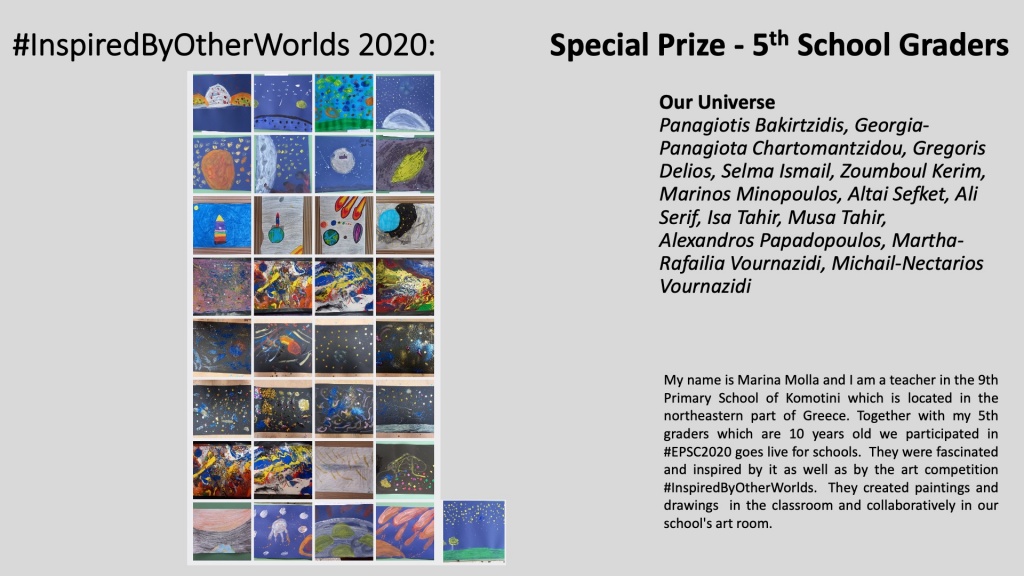
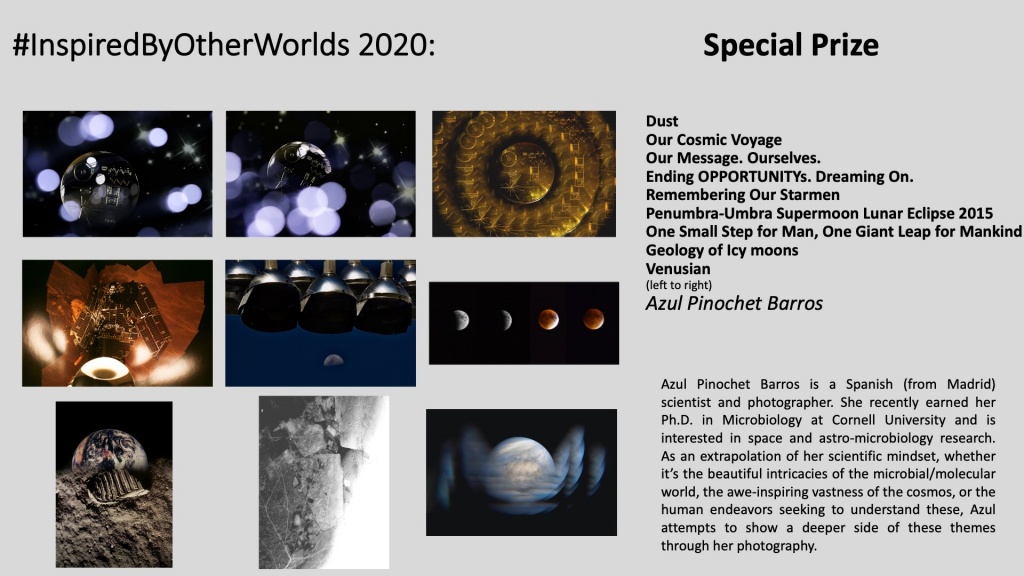
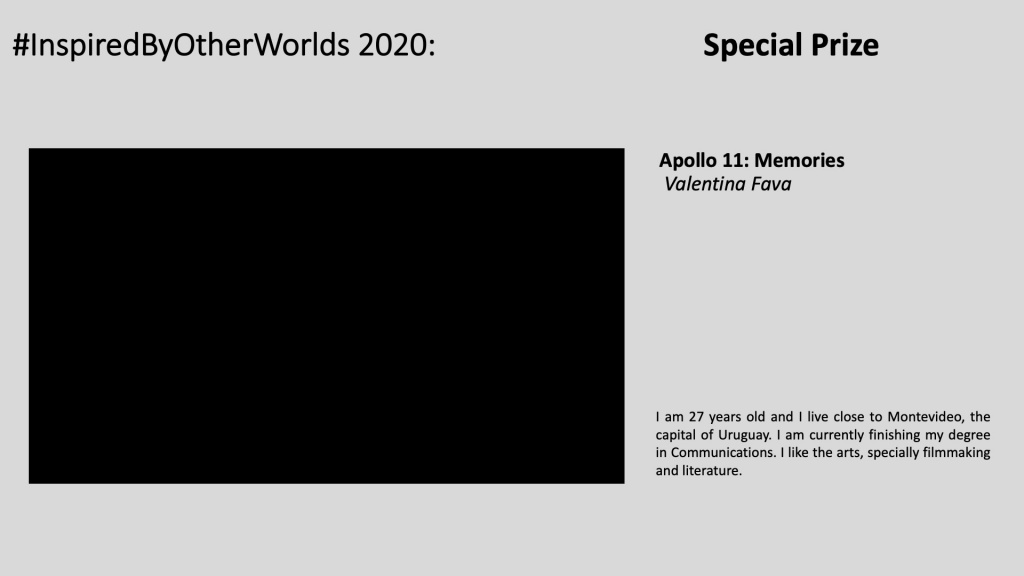
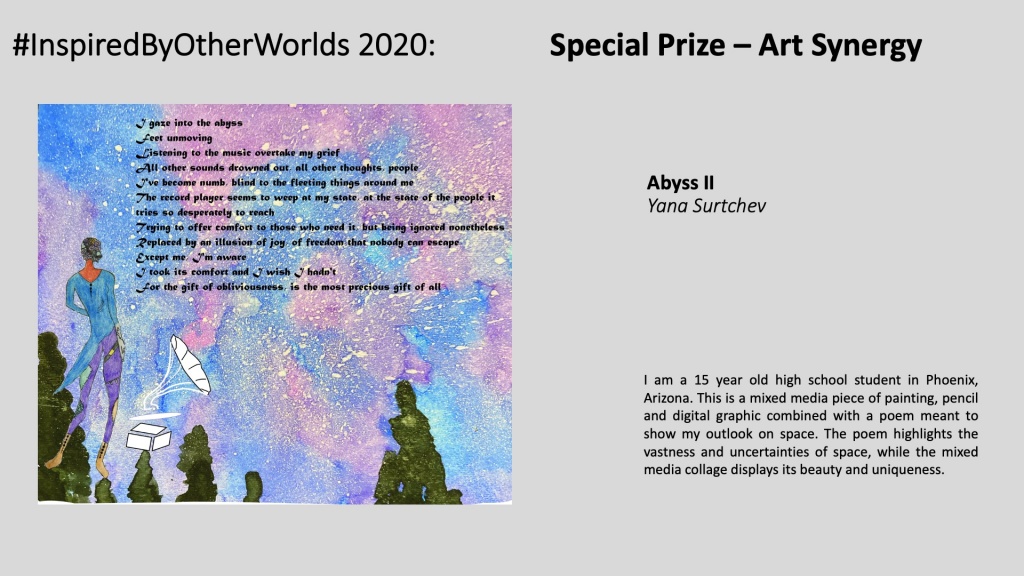
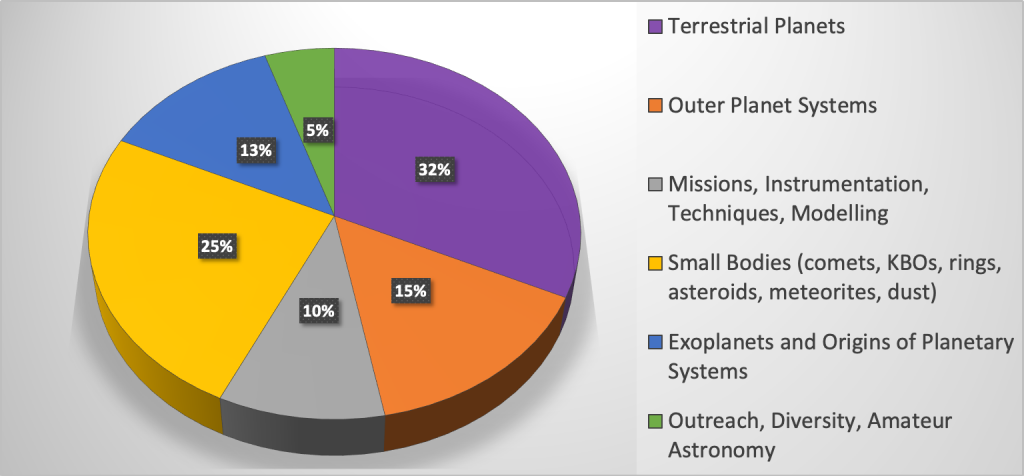
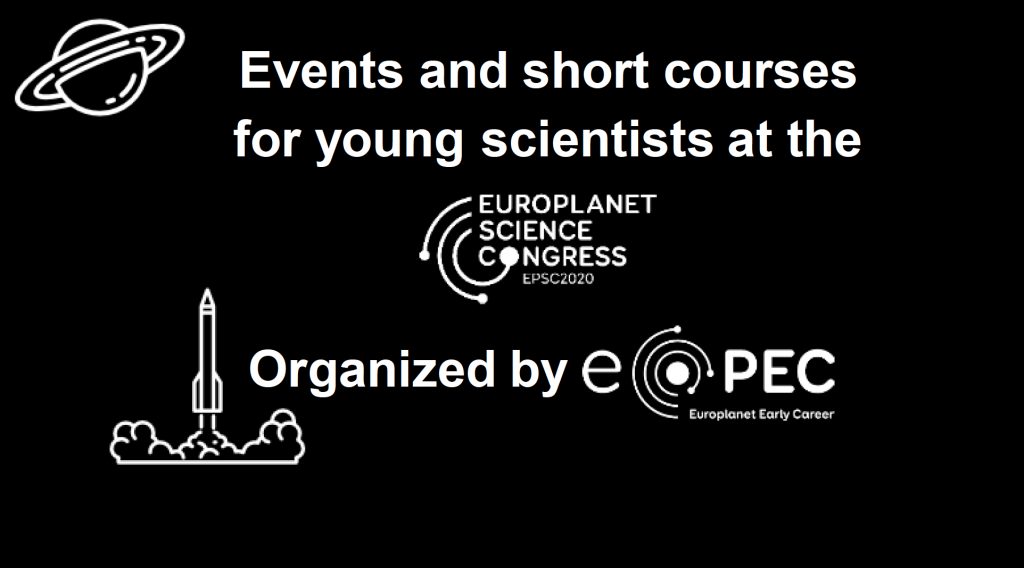
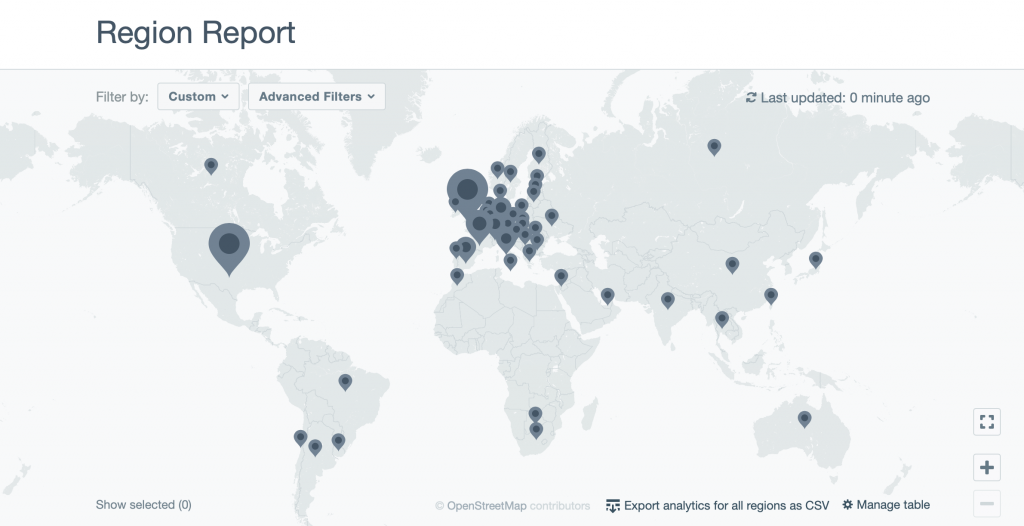
 Europlanet 2024 RI has received funding from the European Union’s Horizon 2020 research and innovation programme under grant agreement No 871149.
Europlanet 2024 RI has received funding from the European Union’s Horizon 2020 research and innovation programme under grant agreement No 871149.